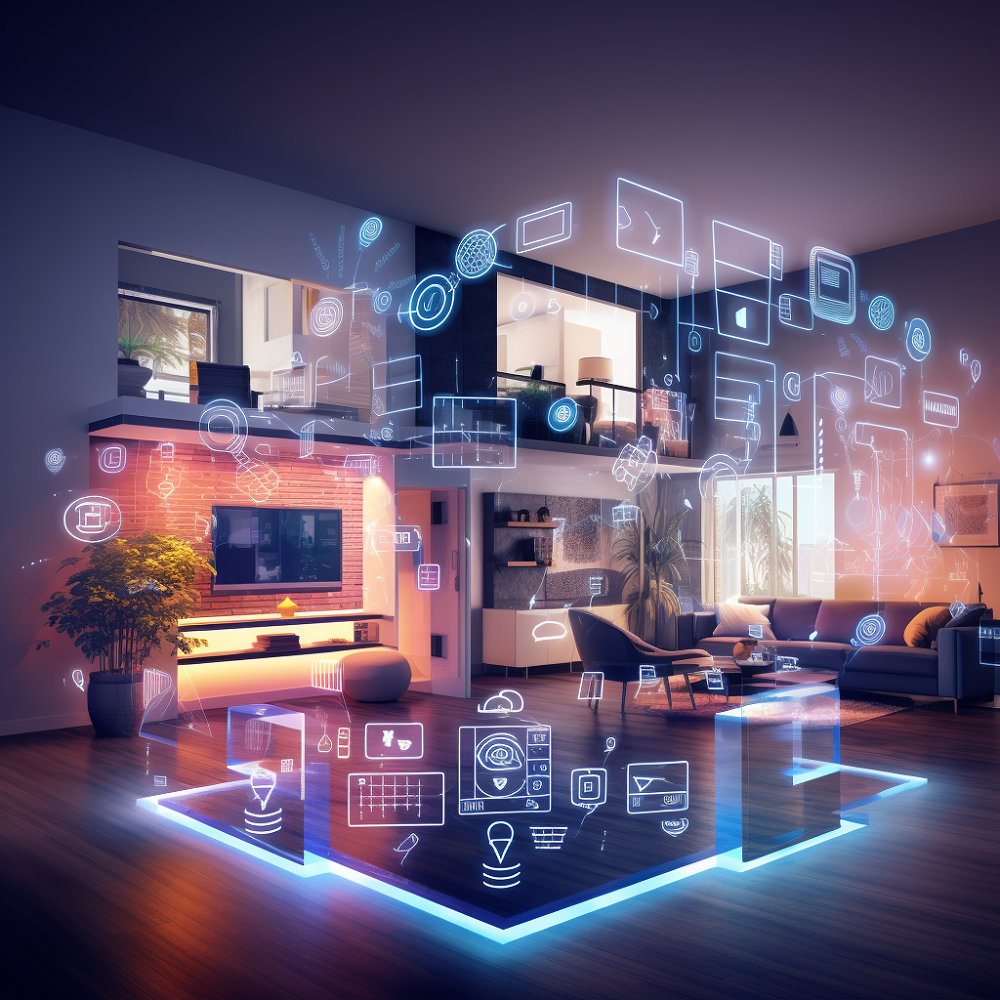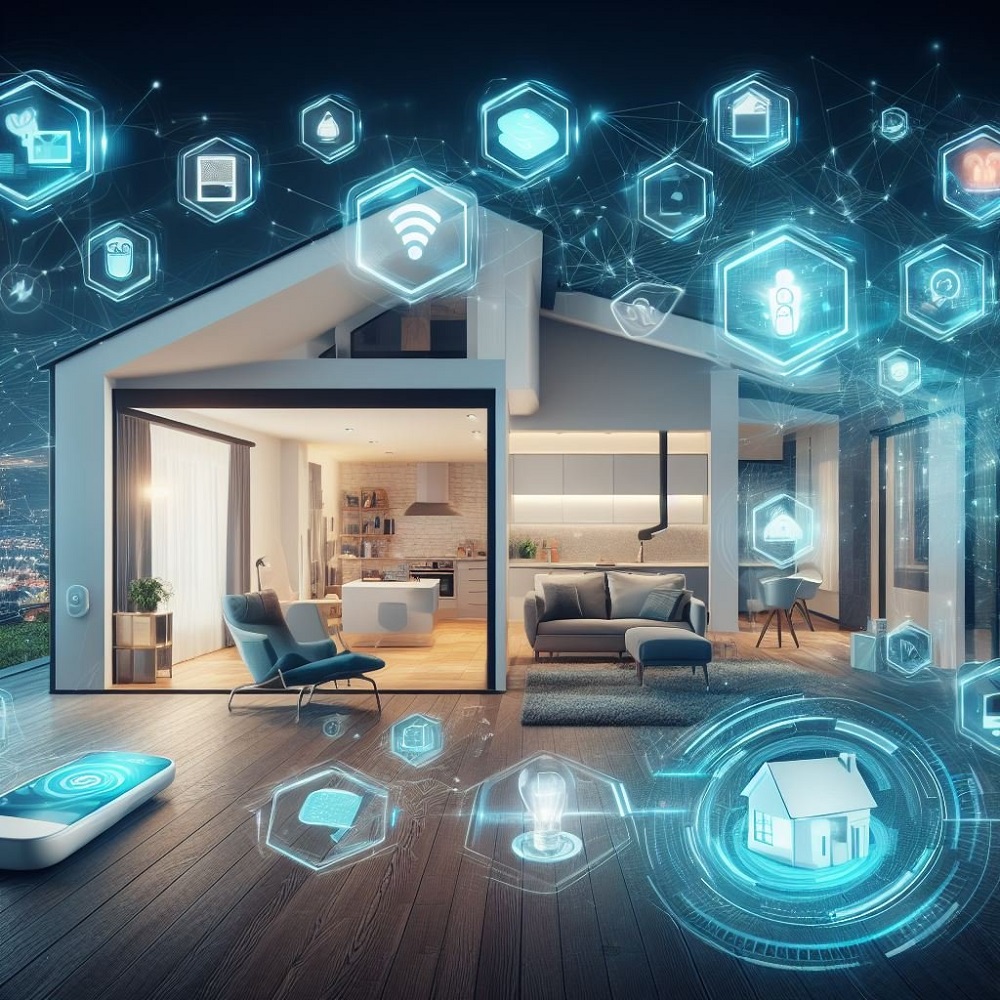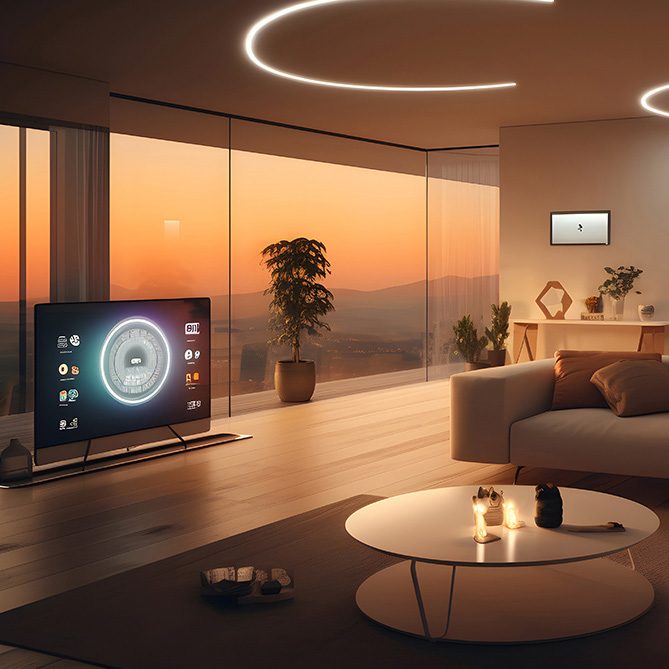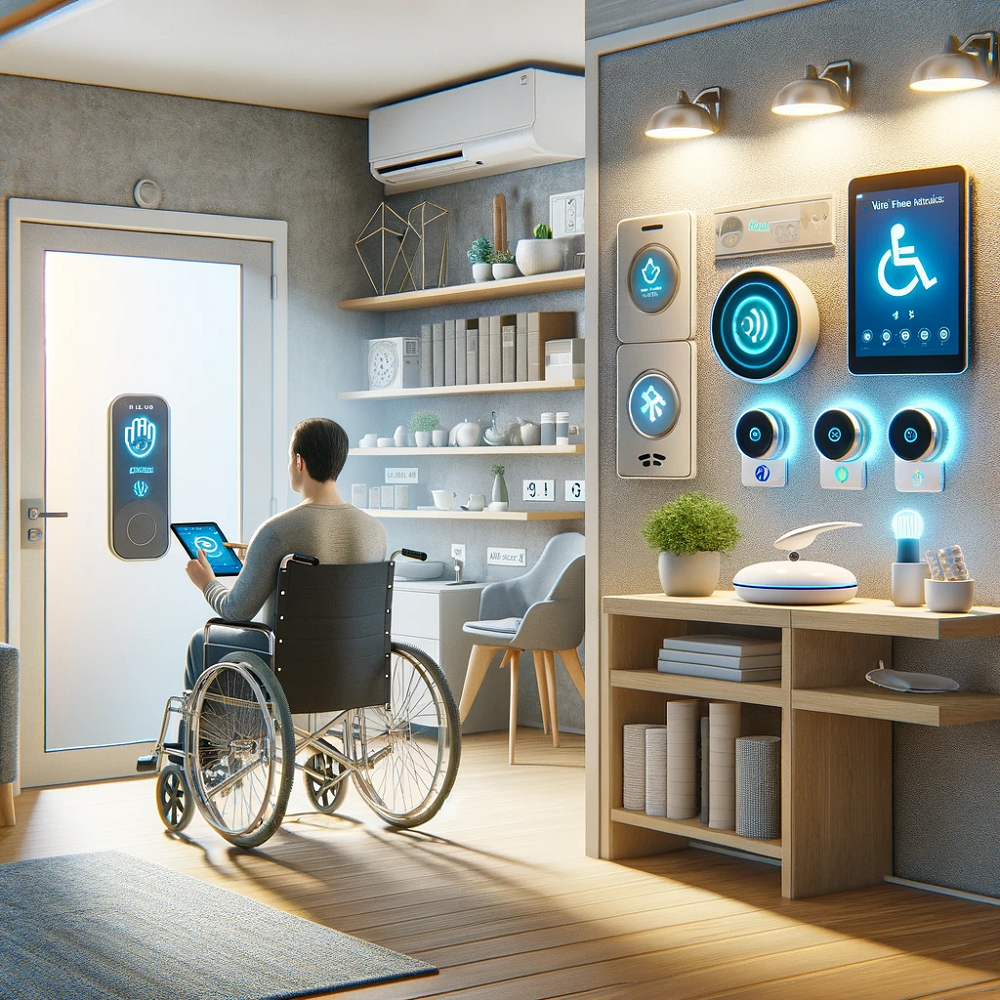Benefits of Home Automation
Home automation installation offers multiple benefits that significantly enhance daily living. By integrating smart technologies, homeowners can enjoy a more convenient and comfortable lifestyle, improved security, and energy savings. Here are some key advantages of adopting home automation.
Increased Convenience and Comfort
Imagine controlling your home environment with just a few clicks or voice commands. Home automation makes this possible. Smart devices link to a centralized system, allowing you to manage lighting, climate, and appliances effortlessly. You can automate tasks like adjusting thermostats, opening blinds, or starting coffee makers. This not only simplifies life but also gives you time to relax and enjoy your home.
Enhanced Security and Safety
Safety and security are top priorities for any homeowner. Home automation installation enhances these aspects by integrating alarm systems, cameras, and sensors. You can monitor your home remotely and receive alerts for unusual activities. Automated locks and lighting also deter intruders, while emergency response systems ensure help is available when needed.
Energy Efficiency and Cost Savings
Smart home systems are not just convenient; they’re also kind to your wallet and the environment. Automated thermostats and smart lighting reduce unnecessary energy usage. Sensors detect occupancy and adjust settings accordingly, leading to significant cost savings over time. With home automation, energy efficiency becomes an effortless part of your daily routine.

Key Components of a Smart Home System
To achieve the benefits outlined, a home automation installation must include essential components. These serve different functions, from managing devices to enhancing security.
Centralized Control Panel
The heart of any smart home system is the centralized control panel. It coordinates all devices, from lights to alarms. Users interact with this panel to control the entire home effortlessly.
Smart Lighting and Electrical Devices
Smart lighting enables both ambiance and energy savings. Automated electrical devices bring added convenience, like turning off appliances when not in use.
Climate Control and HVAC Automation
Climate control systems maintain comfort and save energy. With HVAC automation, temperatures adjust automatically, giving consistent comfort and reducing energy bills.
Security and Surveillance Systems
For peace of mind, security systems are key. They include cameras, sensors, and alarms. Surveillance deters crime and lets you monitor your home anytime.
Planning Your Home Automation Installation
Planning your home automation installation requires careful thought and preparation. This phase is crucial for ensuring that the system meets your specific needs while maximizing the benefits of home automation.
Assessing Your Needs and Home Layout
Start by evaluating your daily routines and what you want to automate. Consider which tasks, if automated, would make your life easier and more enjoyable. Next, analyze your home’s layout. Identify locations for placing devices like sensors, cameras, and control panels. Considerations should include power sources and connectivity requirements.
Choosing the Right Technology Ecosystem
Selecting the right technology ecosystem is essential. It must support your current and future devices. Research different home automation technologies available. Look for systems that are compatible with various device brands. Choose one that offers scalability and easy integration with new devices.
Working with a Professional Installer vs DIY
Decide whether to hire a professional installer or do it yourself. A professional can handle complex setups and ensure everything works seamlessly. This is recommended if you are not tech-savvy. Doing it yourself could save money but requires more time and effort. Evaluate your skills and the complexity of the installation to make a decision.

Integration and Compatibility
Integrating various devices in a home automation system can be complex. Ensuring compatibility and seamless communication between devices is crucial for effective operation. This section addresses key considerations for device integration and how the Internet of Things (IoT) plays a vital role in home automation.
Ensuring Device Compatibility
When planning a home automation installation, it is essential to ensure that all devices can communicate effectively. Check if your devices support common communication protocols like Zigbee, Z-Wave, or Wi-Fi. Always choose devices from manufacturers that follow established standards. This helps avoid issues with device interactions. Make a list of all devices you plan to automate. Ensure each one is compatible with your central control panel. Testing devices before full integration is a good practice.
The Role of Internet of Things (IoT) in Home Automation
IoT technology is the backbone of modern home automation systems. It connects physical devices to the internet, allowing them to communicate. This connectivity is what makes real-time monitoring and control possible. IoT devices range from simple sensors to advanced security cameras. They collect data and offer insights into the home environment. This can improve energy efficiency, security, and convenience. Understanding IoT and its capabilities helps homeowners make informed decisions about their home automation installations.
The Installation Process
Embarking on your home automation installation is exciting yet detailed. To ensure a smooth setup, follow a defined installation process. This section covers the essentials from start to finish.
Step-by-Step Installation Guide
- Preparation: Get your home ready. Clear areas where home automation devices will be installed. Ensure there is proper connectivity and power supply.
- Installing the Central Control Panel: Place it centrally for optimal control and accessibility.
- Setting Up Devices: Install and connect smart devices like lighting, sensors, and cameras. Follow manufacturer instructions.
- Testing: Turn on all connected devices. Test to see if they function as expected and communicate effectively with the central panel.
- Configuration and Customization: Customize settings for convenience, such as automation schedules and alert preferences.
- Final Check: Review all installations. Make any needed adjustments.
- Activation: Activate the system and ensure all parts work cohesively.
Using these steps helps simplify the home automation installation.
Troubleshooting Common Installation Issues
While installing a smart home system, you might face some challenges. Here are common issues and how to troubleshoot them:
- Connectivity Problems: Check all network connections. Ensure the devices are within the range of your network.
- Device Compatibility: If devices do not connect, recheck compatibility. Ensure they use supported communication protocols.
- Power Issues: Verify that all devices receive power. Check plugs, switches, and batteries.
- Sensor Calibration: Adjust sensors for accurate detection. Follow calibration steps in the user manual.
- System Updates: Sometimes, problems arise due to outdated firmware. Ensure all devices are updated.
Addressing these issues promptly ensures your home automation system runs efficiently and reliably.

Smart Home Automation Best Practices
To get the most from your home automation installation, it’s crucial to follow best practices. Here are some key recommendations to ensure your smart home system remains efficient and effective over time.
Regular System Updates and Maintenance
Keeping your smart home system updated is vital for security and performance. Manufacturers often release software updates that patch vulnerabilities and improve functionality. Check for updates regularly and install them promptly. Maintenance is equally important. Dust off sensors, replace batteries in devices, and reboot your system every few months. This keeps everything running smoothly.
User Training and Managing Access Control
A smart home is only as good as the people using it. Provide training for all household members. Teach them how to operate the system and follow safety protocols. Managing access is also critical. Set up individual profiles for family members and guests. This helps maintain security and allows for personalized settings. Remember to revoke access for those who no longer need it.
Future Trends in Home Automation
Home automation installation is an ever-evolving field. Ongoing advances in technology are shaping its future. Here are some trends to look out for.
Advances in AI and Machine Learning
AI and machine learning are transforming how home automation systems function. These technologies enable systems to learn from user habits and adjust settings automatically for optimal comfort and efficiency. Future systems will predict your needs and act before you even think about them. For instance, your home might start the air conditioning just before you arrive, ensuring a cool welcome.
Expect smarter security systems too. With AI, cameras and sensors can distinguish between routine activities and potential threats, reducing false alarms. Machine learning algorithms will also optimize energy use, learning the best lighting and temperature levels for different times.
The Growth of Voice-Controlled Assistants
Voice-controlled assistants, like Amazon Alexa and Google Assistant, are becoming central to home automation. They allow for hands-free control, making it easier to operate smart devices. In the coming years, these assistants will understand more languages and accents. They’ll also integrate with more devices, providing a seamless user experience.
The ability to manage your home automation system through voice will continue to expand. It’s not just about turning lights on or off. Future updates may allow for more complex tasks, like grocery shopping or scheduling maintenance for appliances.
Both AI and voice-controlled assistants are making home automation more intuitive and helpful. As technology advances, a home automation installation will not only simplify tasks but anticipate and cater to your lifestyle preferences.
